Are the shifting dynamics in FMCG space impacting the POP Industry?
By N Jayalakshmi | April 24, 2024
The FMCG space has seen some obvious changes in recent times, driven by many factors. One of the most visible trends has been the growth of quick commerce platforms and the reduced spends by brands on their in-store marketing. How is this affecting the Point of Purchase (POP) industry? Retail4Growth reached out to a few industry players to get their take on this. Here’s a look.
Back in the day, in the pre-Covid era, when e-commerce had not made inroads into too many product categories, shoppers, every once in a while, would encounter delightful surprises at supermarkets and Modern Trade outlets. These eye candies in the form of interesting displays and merchandising units announcing the arrival of new brand/product launches, offers, etc., would add a dash of vibrance to the store space, calling out to the shoppers’ attention. No wonder an industry thrived and revolved around it - the POP or Point of Purchase industry that catered to brands’ critical need for reiteration and storytelling at the place where it mattered most – the place of purchase.
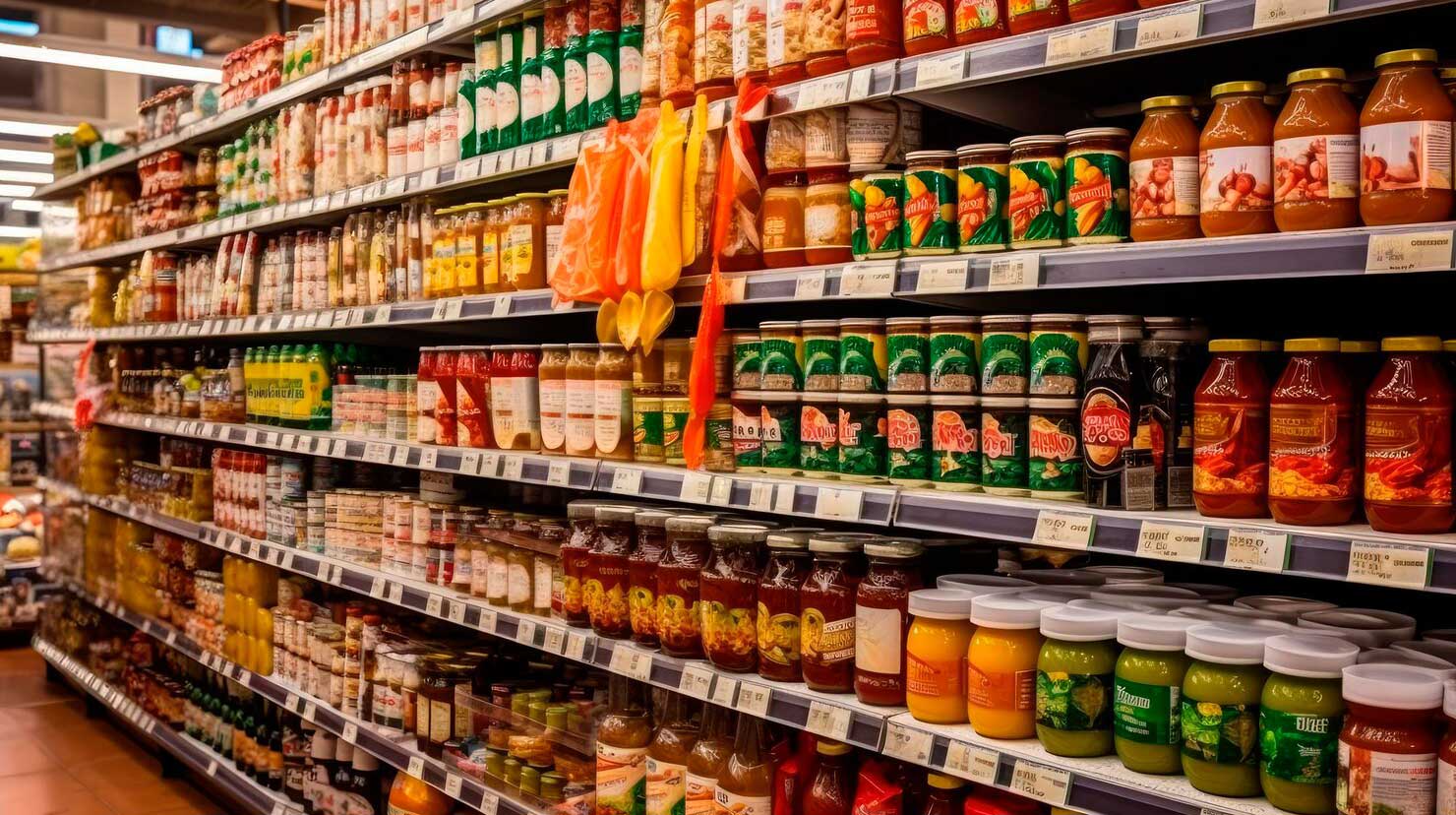
Things have obviously changed since consumers discovered the ease and convenience of buying their essentials and not so essential items from the comfort of their homes. But if e-commerce changed things for these brands, something else has changed it even more - Quick Commerce. According to a recent Mint report, fast-moving consumer goods brands may double their share of business from quick commerce in the near term as more companies use platforms such as Blinkit, Swiggy Instamart and Zepto. The report cites findings by Elara Securities. According to this report, share of quick commerce sales for larger FMCG brands may double over the near term and the larger brands tend to make better margins on quick-commerce platforms vs e-commerce due to lower discounts on the former.
The report does add that traditional trade yields the highest profitability for FMCG brands, followed by quick commerce. It says that among mid-sized FMCG brands, digital sales range between 15% and 20%, with none exceeding 20%. As per this report, “Quick commerce currently accounts for roughly 40% of digital sales (for direct-to-consumer brands), a figure expected to rise to 60% in the near future with e-commerce and modern trade turning costlier for FMCG brands than quick-commerce”.
The report also points to how big retail chains may be hit by this trend. In fact, a recent ET report talks about how hypermarkets at malls have begun reducing their spaces or shutting shops due to the fast emergence of quick commerce apps. Of course, most of these reports also highlight the fact that the impact of quick commerce may be confined to tier 1 or Metros. In fact, according to NielsenIQ data, growth in sales of FMCGs in villages outpaced that in cities for the first time in nearly three years.
Impact on the POP industry

Fact is that these shifts may change the way FCMG brands look at their in-store marketing strategies and spends. And this in turn has an impact on the POP industry. Amit Shah, Founder, Spectrum Scan, a leading and long-time POP industry player, says in this context, “It may be too early to say if the industry will get impacted but yes, things can get challenging as the buying trend in this segment has definitely changed and there is a big switch to ecommerce. So there is definitely a change in the way FMCG brands are looking at their store spends. This means the industry has to really evolve.”
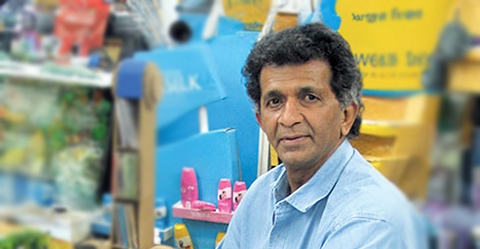
Well, the need for the POP industry to evolve stems from the increasing need to remain relevant in the midst of constantly changing dynamics. Says Haresh Mehta, Founder & Director of Jayna Packaging, a well-known name in the industry known for its innovations, “Well, I would say that brands are reducing their spends on conventional in store displays including metal, wood and plastics but they are certainly spending more on sustainable solutions which are also economical and I’m happy to say that our business has grown as we are able to offer sustainable solutions. So yes, while there is a reduction in budget among FMCG brands, they are also looking for something new and innovative to enhance their in-store presence.”
Newer brands, newer requirements
Well, innovation in this context, as Haresh points out, includes both materials that are sustainable and unique designs which can be economical and efficient to manage. As Haresh adds, “With reducing store spaces and the corresponding need to stand out from clutter, FMCG brands do need something unique. For example, today they are seeking Shelf Ready Packaging (SRP), which has become a necessity given the rising need for product and brand visibility. It is easy to ship and assemble and also reduces logistics and manpower and is what we are also offering them.”
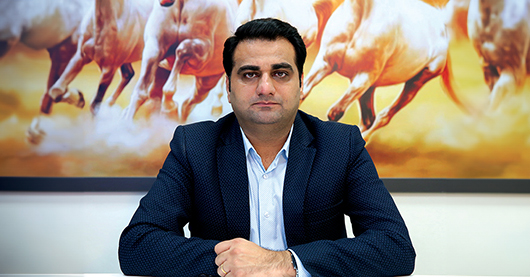
Shreesh Sharma, Founder & Director - GKW Retail Solutions (GV Displays), another leading industry player says, speaking about FMCG brands’ approach to in-store spends and the reduction in volumes of in-store displays in this category, “The big brands in the FMCG space have certainly reduced their spends on in-store marketing with consumers shifting to quick commerce platforms to make their purchases in this category.”
He however adds that the impact of reduction in spends by the big brands gets offset to some extent by some of the newer brands, who are spending more on their store presence. So, a big chunk of the business is generated by younger brands- family-run businesses in many cases - who may not necessarily have a regular merchandising departments or big budgets. But they definitely want to do something big in the store and usually drive better margins for this industry with single table negotiations, as Shreesh points out.
Shreesh also points to certain less obvious and apparently small factors, which contribute to the overall impact. For example, with most transactions happening digitally, in store impulse purchases that are often dependent on cash transactions and ‘change’ return, have been hit and this has in fact impacted sales in the confectionary category. When sales get impacted, among the first casualties is the marketing spend.
According to another industry observer, who is part of the eco-system, the whole industry surrounding in store marketing has taken a hit with considerable reduction in store budgets on the part of FMCG brands - by almost by 25% - 30%. He, however, adds that while the budget has been slashed when it comes to soft POSM comprising paper print (posters, danglers, etc.) hard POSM including paper corrugation, metal and MDF POPs continues to stay stable. He adds that even in the case of hard POSM, the focus is shifting towards sustainable materials. He also feels that while cost saving is high on the priority list for most brands, it can be achieved through innovative designs that can help save on logistics and transportation costs.
Getting past older challenges
But for the POP industry, reduction in marketing spends by FMCG brands is not the only challenge. There are other older woes, top of which is the role played by aggregators/procurement/buying agencies which has resulted in the whole eco-system becoming very price driven with compromise on the quality and lack of transparency and accountability.
Most industry players feel they have been severely hit by aggregators who, in their pre-occupation to save cost for their clients (brands), often end up compromising on quality and margins for the big players. As a senior industry player points out, “The industry’s biggest loss has been on account of these aggregators/buying agencies. They present fancy design concepts to their clients but when it comes to the execution, they end up lowering the barriers in order to show cost savings. But the clients are often not aware of this as they don’t deal with the vendors at all. I really wish they could see how their displays are getting manufactured.” Indeed, as others agree, with store audits not in place in most cases, brands very often are not aware of the quality compromise in their store displays, nor are they aware of how they end up paying more for lesser quality of materials. Thus, it appears that agencies are the only ones gaining in the whole process with cost savings and commissions.
However, a few others in the industry do feel that though buying agencies are focused on pricing when it comes to procuring displays for their clients, a few among them do have established SOPs by which transparency is ensured and care is taken to ensure best pricing for all concerned.
Way Ahead
While the above may be true, it is also undeniable that the industry has been impacted. So, at this stage, given these established challenges and the newer dynamics in play, with the rise of quick commerce and FMCG brands’ increasing thrust on digital touchpoints, what’s the way ahead for the POP industry?
Well, according to Haresh Mehta, “If brands can take experienced suppliers into confidence, give them the budget and ask them to give them the best solution, the results will be far better for all as we have a direct connect with the customers and close understanding of their in-store needs. In fact, for our part, we are developing a lot of new things, which could be game changers.”
He adds, sharing his success mantra, “Innovation is the biggest need today and I would urge everyone in the industry to come out of the rat race, identify their own unique strengths and leverage that to build confidence in the client. That’s how we have been surviving for the last 45 years. We have 65 design patents registered and even during the Covid times we were busy because we kept on exploring new options by which we could serve our customers. I believe that whatever time it is, good or bad, make the best use of it.”
Indeed, as another industry player points out, as long as physical retail exists in the county, which it will for a long time to come, in-store marketing and branding will continue to exist. But then it’s important that the industry players or vendors reinvent themselves and suggest innovative solutions to the clients so that the spends go up.
There is also a general consensus that the responsibility lies with the brand or the client too, to put in place a system for store audits and quality checks so that standards are raised and established players in the industry are not impacted by the low entry barriers.
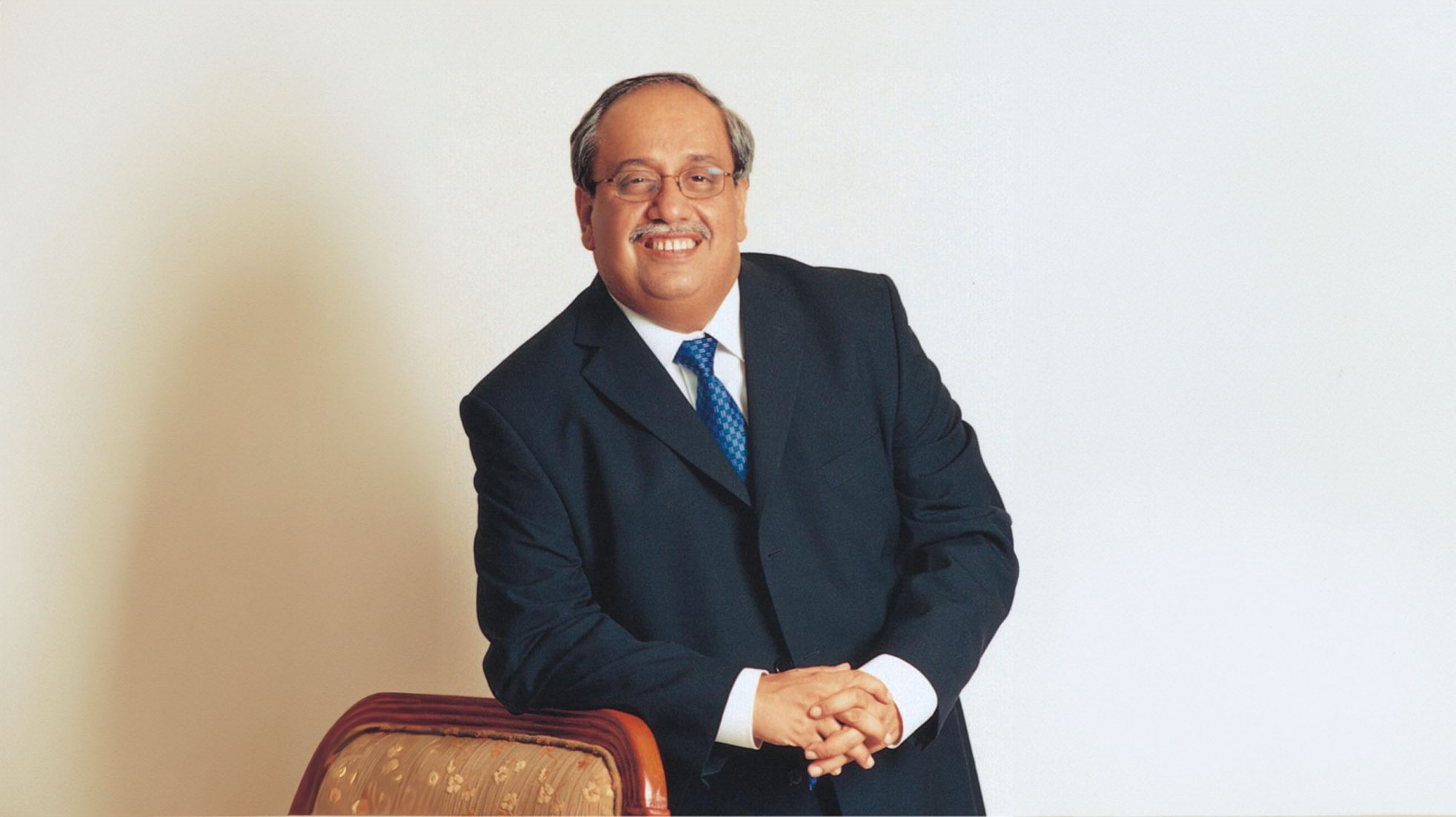
Finally, for those worried about the reduced in-store marketing spends by FMCG brands, the words of Brand Guru, Jagdeep Kapoor, Founder Chairman & Managing Director, Samsika Marketing Consultants, offer a big ray of hope, “FMCG brands still have a lion’s share in offline in store marketing of over 85 -90 percent. E commerce online marketing is slowly increasing its proportion, but has a long way to go. Convenience and discounting are driving E commerce and online marketing. But in FMCG, it’s not online or offline that is important; it is ‘in line’ which is important, in line with customer’s expectations.”

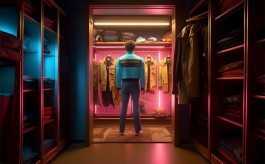


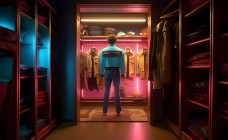




Comments